That’s right, the 2012-2016 policy document from the Federal DOE was updated under secretary DeVos in this November 2018 update . It is a compelling piece outlining policies not frequently discussed or referenced. In her own words DeVos states:
“There’s a lot we as Americans can learn from other countries and how they set their students up for successful lives and careers. Simply copying other approaches will not be sufficient. But forward- thinking states and school districts should take note of effective, innovative practices found all over the world and consider how they can be applied at home.” —Secretary DeVos
Well said indeed – “forward thinking” is indeed something students will benefit from as educators prepare them for tomorrow. And there is more celebrate! Checkout this video from International Education Week 2018
Did she just say “Cultural Intelligence”? Yes indeed. In fact the DOE has outlined the value and urgency for cultural competency here where it states:
“Today, more than ever, our students need to be equipped with the critical thinking, communications, socio-emotional and language skills to work collaboratively with their counterparts in the United States and all over the world. Understanding and appreciating other parts of the world, different religions, cultures, and points of view are essential elements of global and cultural competence.”
The framework developed by the DOE is pasted below and can be accessed on their website here.
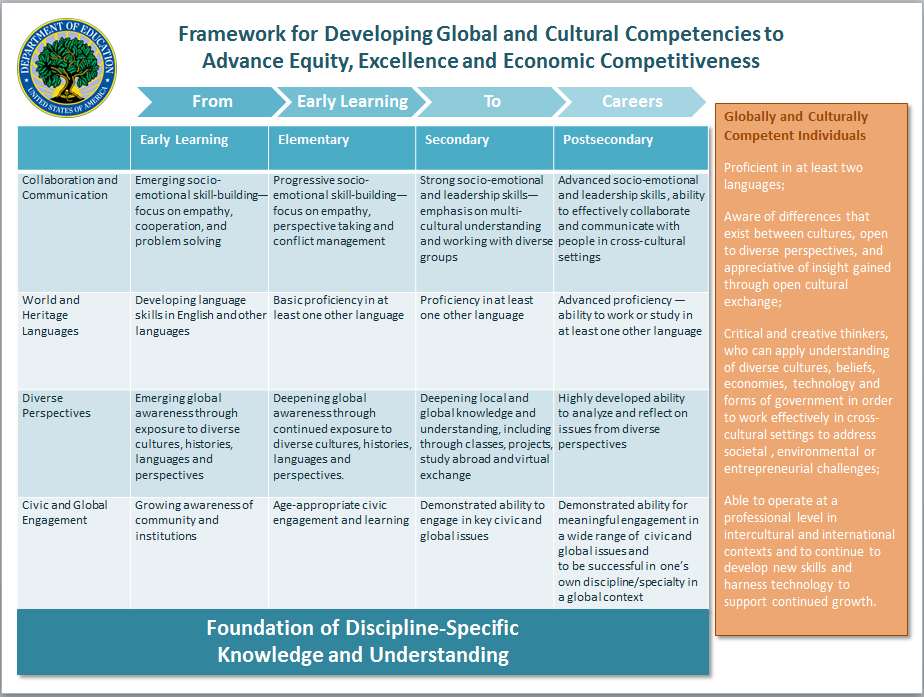
Back to the Nov. 2o18 Update
This is really a compelling piece that should be leveraged by schools across the nation. At one level it is inspiring to know that this strategy has existed in both Republican and Democratic administrations. Is education poised to be a unifying element for the United States? Maybe, but the strategy will have to be shared frequently and with gusto. To
To assist in that endeavor, the document opens articulating the “Why” of the strategy”
Today more than ever, an effective domestic education agenda must aim to develop a globally and
culturally competent citizenry. It is not enough to focus solely on reading, writing, mathematics and
science skills. Today’s world also requires critical thinking and creativity to solve complex problems, well honed communication skills, the ability to speak world languages, and advanced mathematics, science and
technical skills. Equipping American students with these skills is critical to the following:
- • Help individuals find meaningful employment.
• Foster an informed, engaged and active citizenry.
• Enhance the country’s economic competitiveness.
• Strengthen our national security and diplomacy.
• Support relationships with peers around the world.
The U.S. Department of Education’s updated international strategy reaffirms the Department’s
commitment to preparing today’s students, and our country more broadly, for a hyper-connected world.
It reflects ongoing work in implementing international education programs, participating in international
bench-marking activities, and engaging allies and multilateral organizations in strategic dialogue.
Where To Go From Here?
This post is meant to highlight aspects of the DOE’s strategy enough so that it motivates you to digest and share the message and document with your network and colleagues. For , many readers this will be enough. But others will want or need more. To fulfill that need I offer these two options: one looking back and another gazing to the near future. And of course there is always the weekly #globaledchat on Thursday’s from 8:00 pm – 9:00 pm EST.
Enjoy!
- Looking Back – The Internationalization of U.S. Education in the 21st Century Conference (2014)
Held in Williamsburg, VA at the College of William and Mary, the event brought together a variety of stakeholders to address, in a prescient declaration to the 2018 strategy, the following:
The United States faces an urgent education issue that will directly affect our nation’s well being for generations to come: the global competence of Americans. Global competence includes deep expertise in the languages and cultures of other nations and regions, to basic understanding of the rest of the world and the United States’ role today…Join leaders in academia, K-12 education, business, government, and the NGO sectors for timely research and discussion of national human resource needs and strategies for enabling U.S. educational institutions to ![]() address the broad national policy goals to:
address the broad national policy goals to:
- Ensure a globally competent citizenry and workforce
- Strengthen the U.S. ability to solve global problems
- Produce international experts and knowledge for national needs
I curated these keynote addresses for your review based on their relevant connection to the DOE strategy.
National Security in the Global Era (pdf)
Thomas Fingar, Oksenberg-Rohlen Distinguished Fellow, Freeman Spogli Institute for International Studies, Stanford University
Globalization and Interpretation: Learning to Question and to Think (pdf)
Robert Keohane, Professor of International Affairs, Woodrow Wilson School, Princeton University
Globalization and Implications for K-12 World Languages and Global Education (pdf)
- Looking Forward: The Global Ed Conference Network (2019 – 2020)
Lucy Gray and Steve Hargadon began the Global Ed Conference 10 yeas ago. On June 23, 2019 at the annual ISTE conference in Philadelphia you can join Global Education Day This participatory event will feature:
- Inspirational ignite talks by noted educators and organizations working to connect classrooms
- Design sprints around the formation of global project-based learning opportunities
- A global resource cool tools smackdown in which attendees will share the best resources and tools for creating global experiences for students
Future event sponsored by Lucy and Steve are listed below.
- Global Project-Based Learning Online Mini-Conference – August 1, 2019
- Global Collaboration Week – Online – Week of September 23, 2019
- GlobalEdCon Around the Clock Online Mini-Conference – November 19, 2019
- Student Empowerment Online Mini-Conference – February 13, 2020






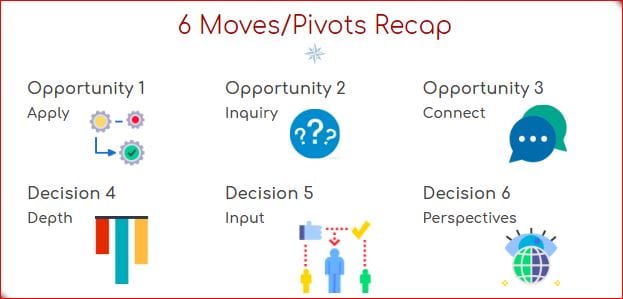

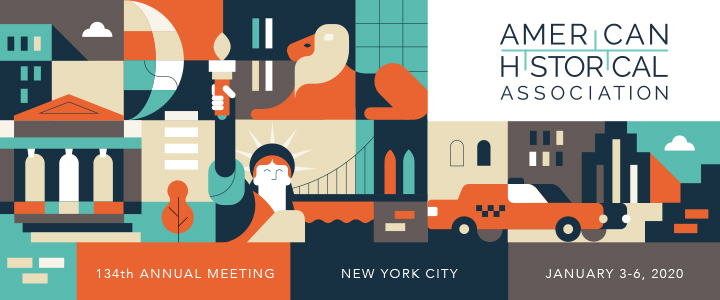

 classrooms—in the U.S. and in every part of the world. ALWH links leading practitioners in world history scholarship, curriculum, teacher preparation, professional development, and educational research.
classrooms—in the U.S. and in every part of the world. ALWH links leading practitioners in world history scholarship, curriculum, teacher preparation, professional development, and educational research.
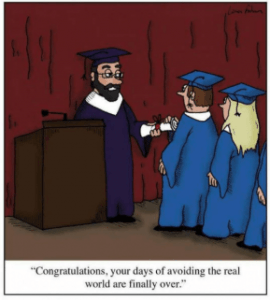




 colleagues recognized the need to provide clarity about religion in public schools amidst the culture wars of the 1980s and 1990s, which followed a number of U.S. Supreme Court decisions about religion and education in the 1960s. Our Center inherited and builds on the legacy of the consensus documents compiled by Haynes.
colleagues recognized the need to provide clarity about religion in public schools amidst the culture wars of the 1980s and 1990s, which followed a number of U.S. Supreme Court decisions about religion and education in the 1960s. Our Center inherited and builds on the legacy of the consensus documents compiled by Haynes. describes how public education pioneer
describes how public education pioneer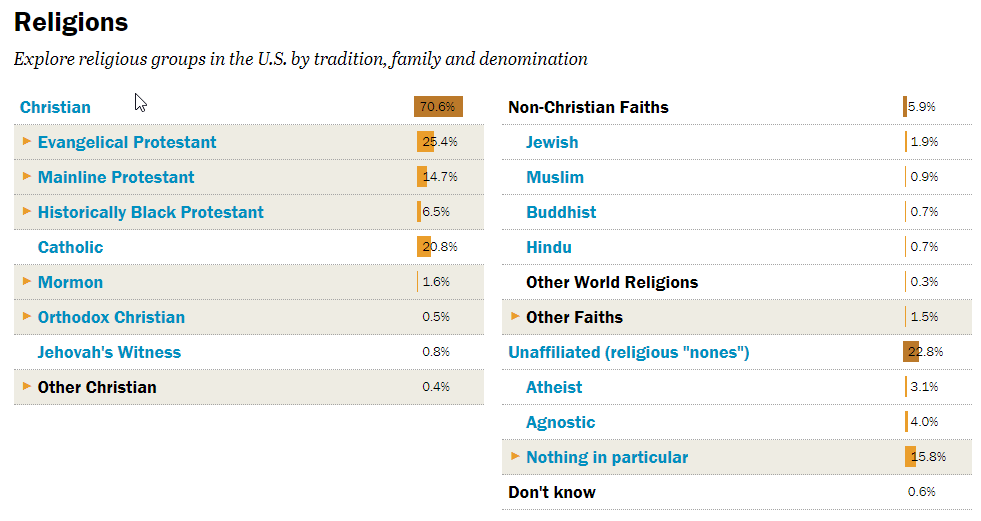
 classrooms. SBL is the world’s largest association of scholars who study the Bible from an academic perspective. Teachers should contact us for a copy of those lesson plans, which should be available mid-summer.
classrooms. SBL is the world’s largest association of scholars who study the Bible from an academic perspective. Teachers should contact us for a copy of those lesson plans, which should be available mid-summer.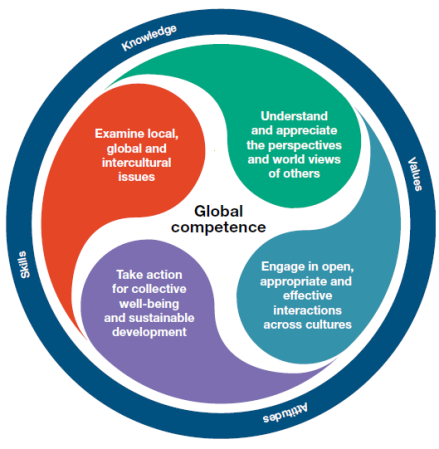 education programs, competencies, and citizenship. A major reason that I have been thinking about the visibility of global education is from watching the Harvard Graduate School of Education event
education programs, competencies, and citizenship. A major reason that I have been thinking about the visibility of global education is from watching the Harvard Graduate School of Education event  1)
1)  group of teachers. Indeed, these are important and valuable changes which (a) prepares students for the future and (b) frames K-12 education as part of the vanguard of profession as opposed to a one defined by lag. Moreover, these teachers are in a position to be leaders as their school adopts a broader systemic pivot towards global education.
group of teachers. Indeed, these are important and valuable changes which (a) prepares students for the future and (b) frames K-12 education as part of the vanguard of profession as opposed to a one defined by lag. Moreover, these teachers are in a position to be leaders as their school adopts a broader systemic pivot towards global education.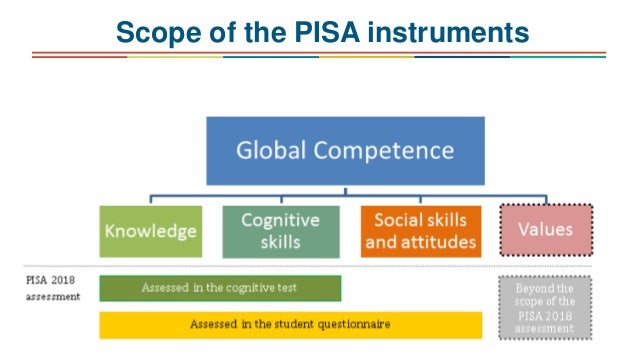






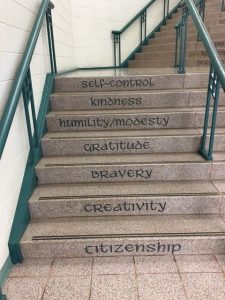
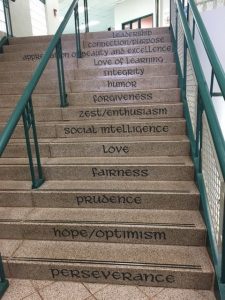
 try this with my non-AP students.”
try this with my non-AP students.” before becoming an editor in language-arts publishing. During many summers when I was growing up in Massachusetts, my family enjoyed hosting exchange students from all over the world. Those experiences motivated me to study and work abroad. After graduating college, I spent two years on the
before becoming an editor in language-arts publishing. During many summers when I was growing up in Massachusetts, my family enjoyed hosting exchange students from all over the world. Those experiences motivated me to study and work abroad. After graduating college, I spent two years on the 
 support of Academic WorldQuest and WACA’s
support of Academic WorldQuest and WACA’s  State Department. The TGC program is an outstanding professional growth opportunity for educators. The program overview and application for the next cohort (deadline in March 20th)
State Department. The TGC program is an outstanding professional growth opportunity for educators. The program overview and application for the next cohort (deadline in March 20th) 

